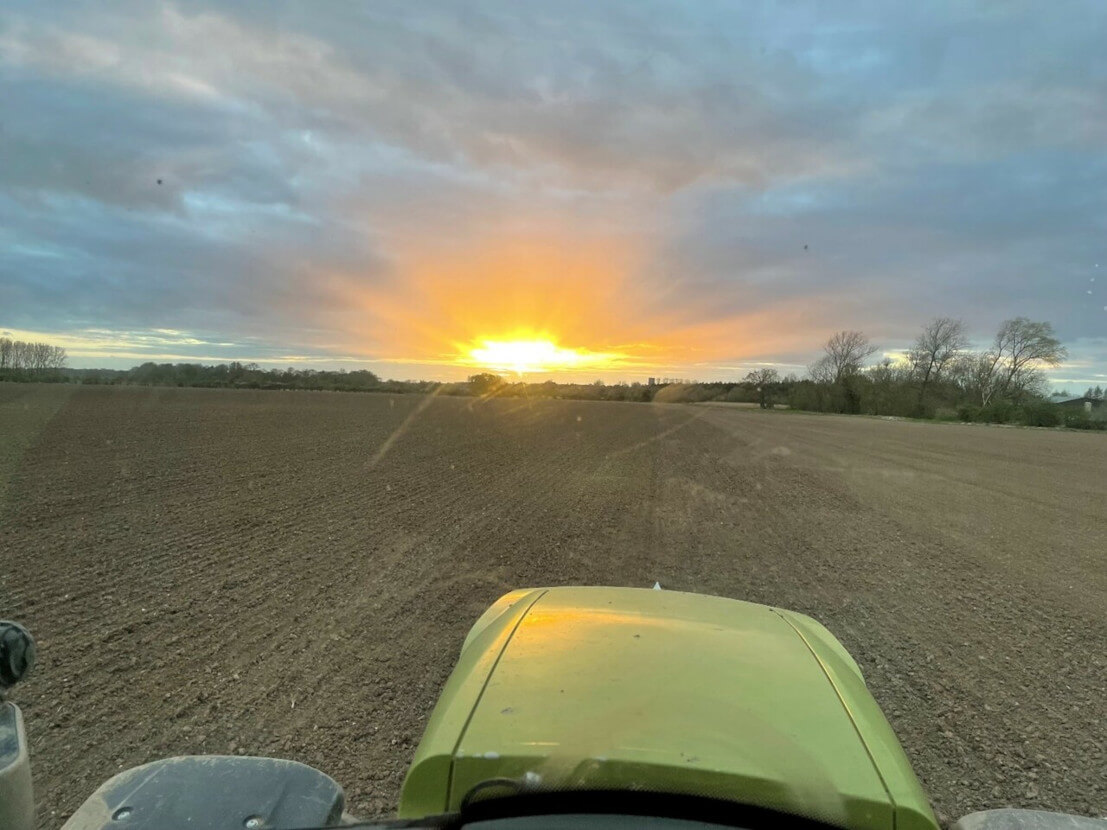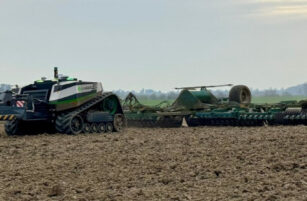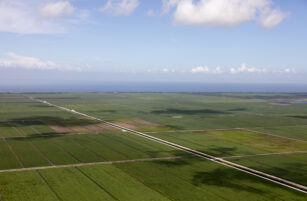Insight Focus
The harvest is complete for some crops and the seeds are already in the ground for next year. UK farming is becoming increasingly automated and more trials are being rolled out to examine the impacts of fertilisers. As always, the weather presents challenges.
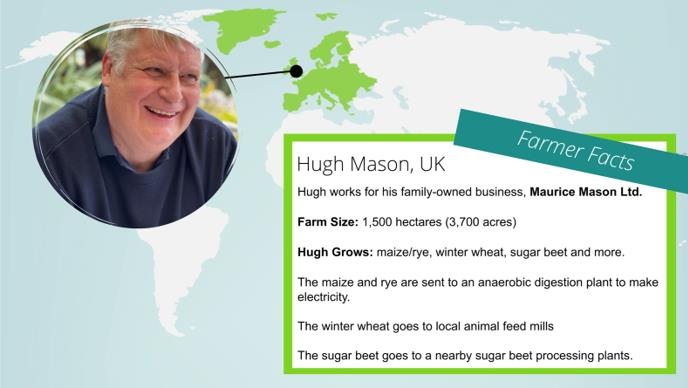
What’s Happening on the Farm?
Probably of greatest note, our farm has joined the robotic age as our first driverless tractor has arrived, complete with cultivator.

He’s called “Arthur” and I watch him as I go to sleep – sad.
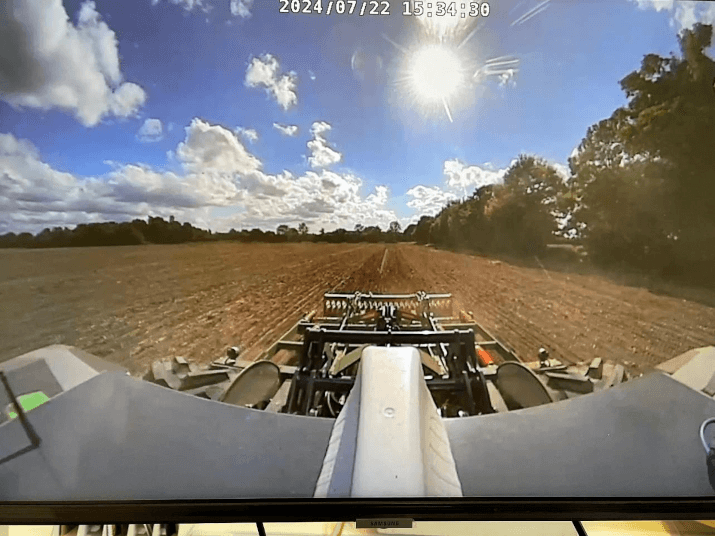
I know many industries have robots and they are becoming common in agriculture, but I’m still excited. Yes, we have had teething problems, but I think if this is the direction of travel we’ve got to go. Best start learning.
Although Arthur is the headline, we have several instruments arriving that will allow us to monitor everything from soil, all the way through to grain — in ever greater detail. This is a long-term project and is a continuation of work we have done in the past. I was bullied very early on in my career to capture data as, one day, it may be useful. I’m not a fan of bullying, but I’m glad I was.
You can describe all of this as our farm’s attempt to adjust for climate change.
Talking of climate, from a cereal view point we have had 130% of normal rainfall through end of August and 150% normal rainfall for our spring crops.
I also must comment on the election. In our constituency, the former prime minister lost her seat. The great irony is that this is almost certainly down to the loss of her agricultural vote, as farmers resented being abandoned and left to go bust.
What Stage Are the Crops at?
Wheat/Rye
The rye harvest is complete and, unsurprisingly, down on last year by a notable margin. We may have cut the crop a little sooner than we should, so perhaps we lost a small amount of yield through doing this.
However, we have had a number of storms come through during that crop’s harvest so we are left with the inevitable question: “were we right to harvest or should we have waited?”
Studying the yield maps it is hard to say, even with hindsight but, as my dear old dad used to say: its better wet in the barn than dry on the ground.
We ran a no-nitrogen plot in the rye, which we took to yield. Hand cutting the trial plots, the nitrogen gave 2.9 times more yield than the no-nitrogen plot, but all other things were equal. Both plots used the same amount of nitrogen per tonne of yield. We are extending the trial work through to grain harvest, so that we can analyse the grain for nutrient.
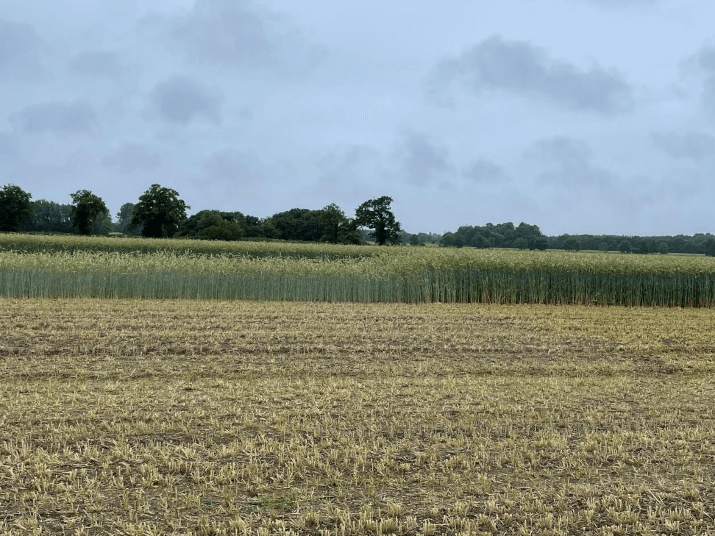
We are running very similar trials in wheat which will support, in my opinion, that the use of nitrogen is a good thing if you want crops. The savings made by the lack of disease pressure are not really savings at all.
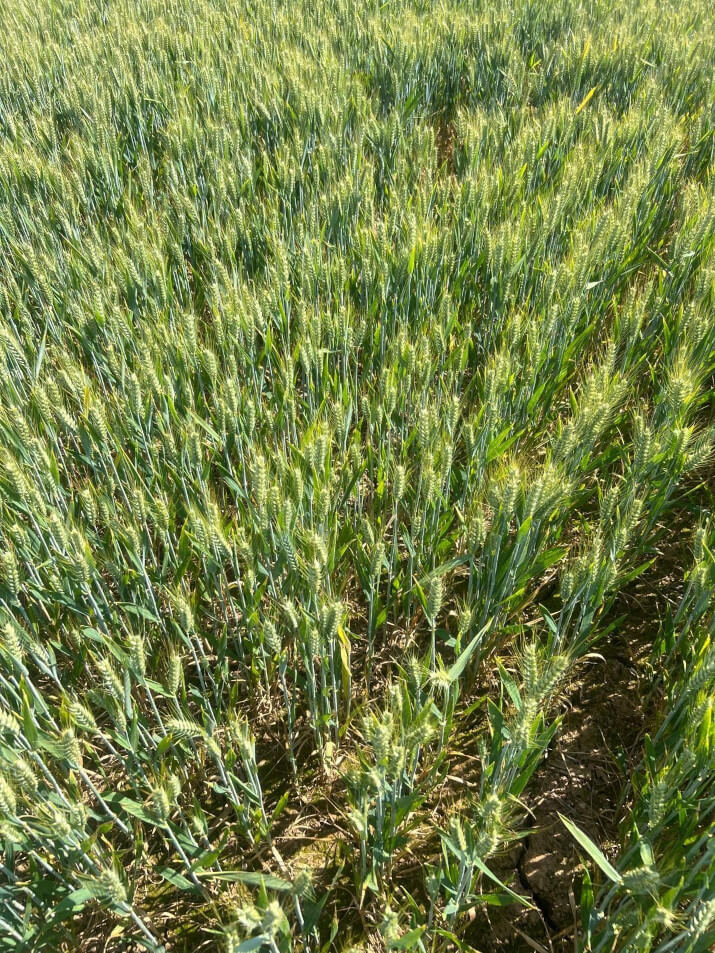
The winter wheat harvest starts on Monday
OSR
We didn’t grow OSR for harvest ’24 but we have changed our minds for ’25. The seed is in the ground, and we now wait, with bated breath, to see if cabbage stem flea beetle arrive.
I hear mixed results for harvest ’24 and personally expect the UK area to be down for the coming year. Agricultural merchants are offering incentives for the farmer to grow this crop, which is unusual.
Sugar Beet
The rain has been kind to our sugar beet which, as one would hope at this point, looks mainly well. The first application of fungicide has been applied to keep disease under control. I will continue to be stressed about Cercospora because of the expected heat and moisture we have had. This is a massive threat to yield.
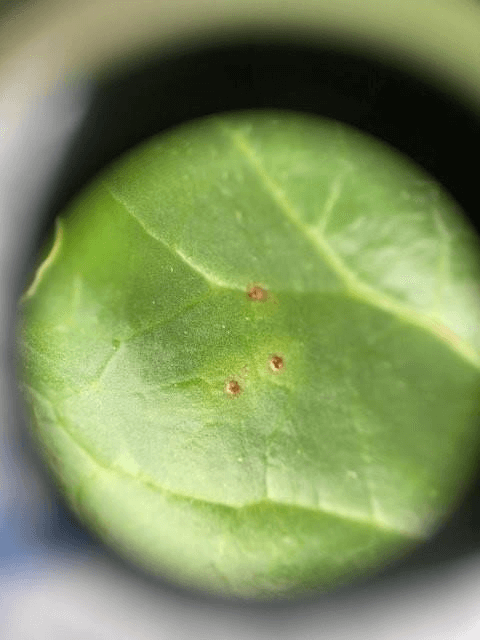
Harvest ’25 pricing has been agreed between grower and processor.
What Are Your Biggest Concerns?
In England, as elsewhere, yields and quality are going to be down for our winter crops. Despite much talk that prices should be on a rally, this doesn’t appear to be happening. This is a gloomy prospect that will overshadow my style of agriculture for the next 12 months. Could be worse though….
